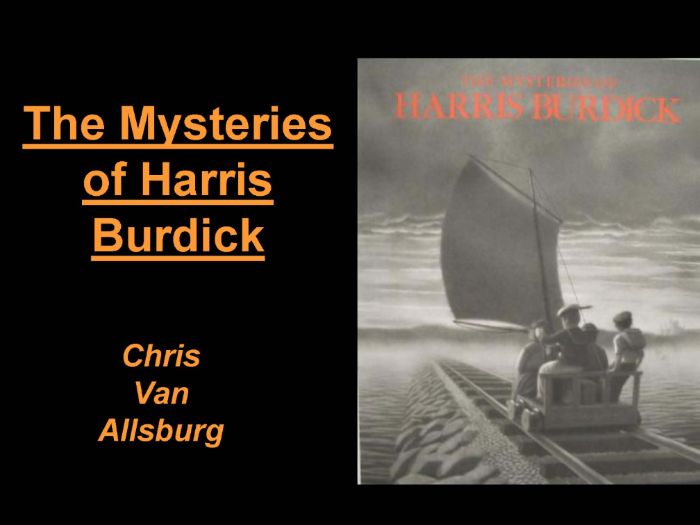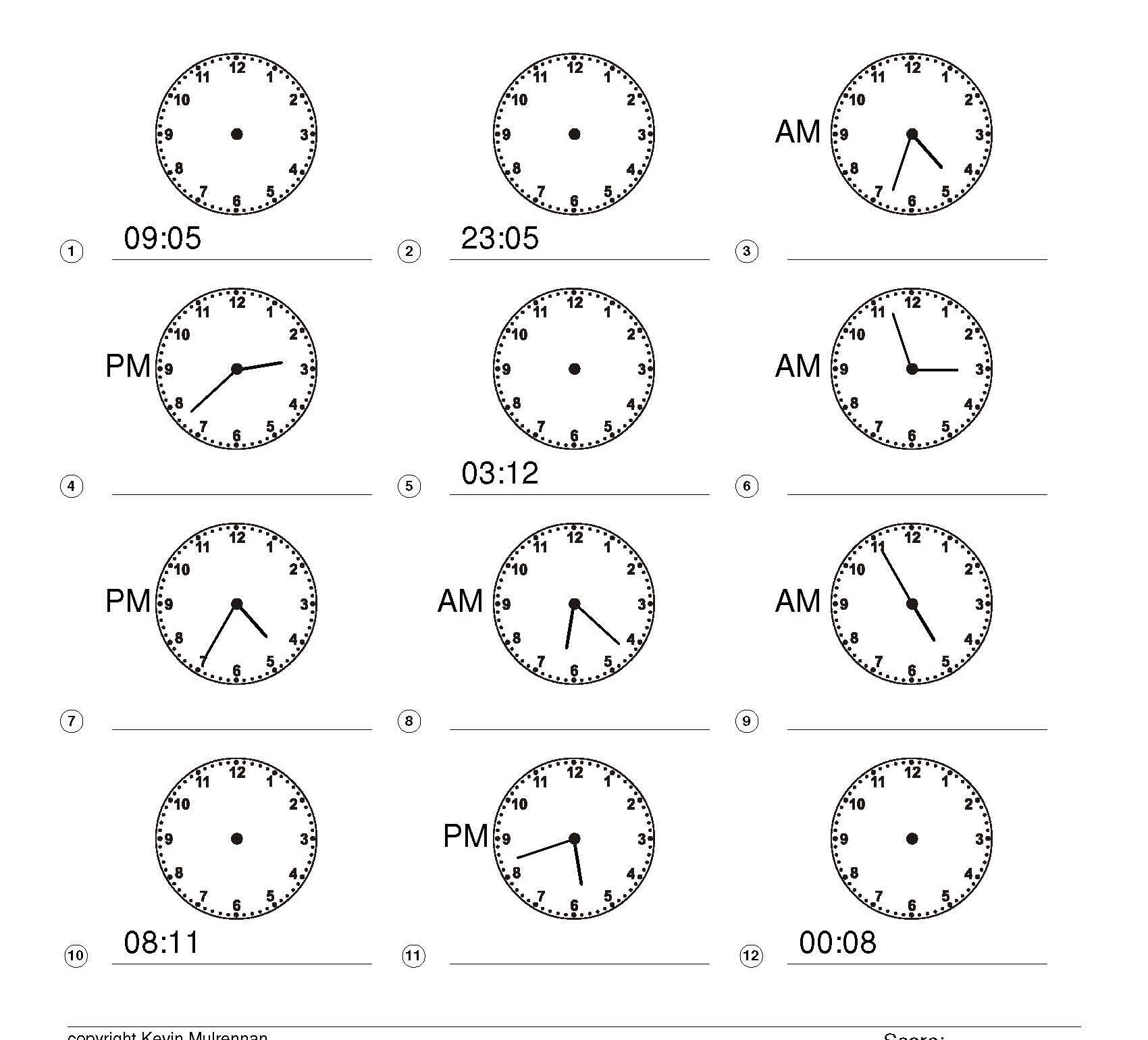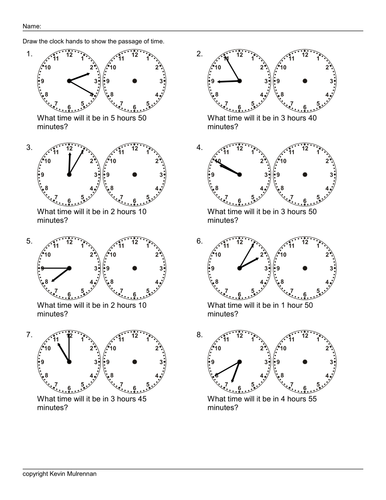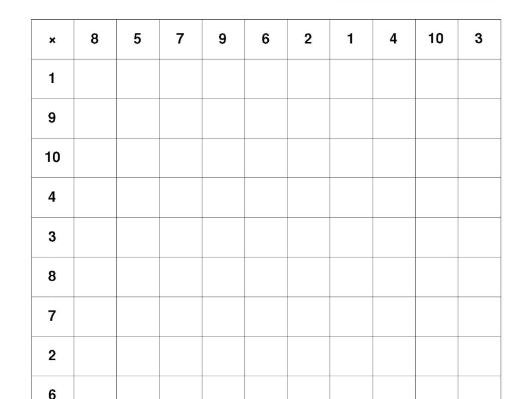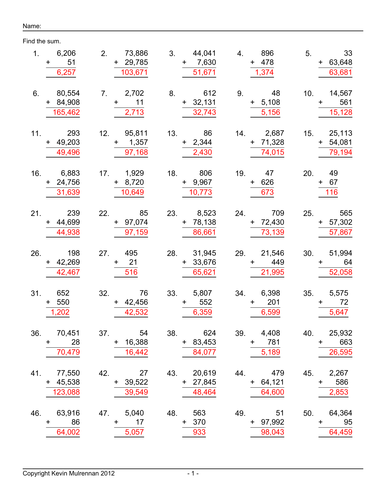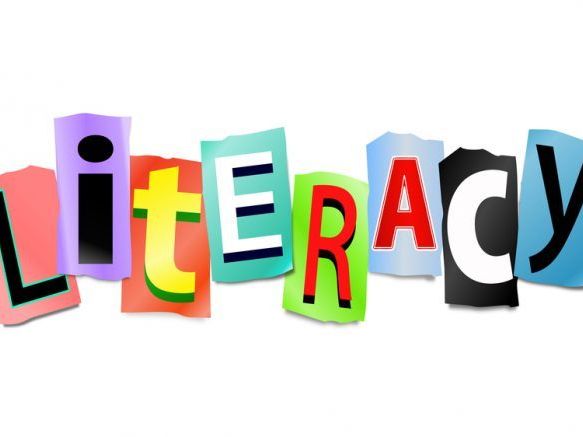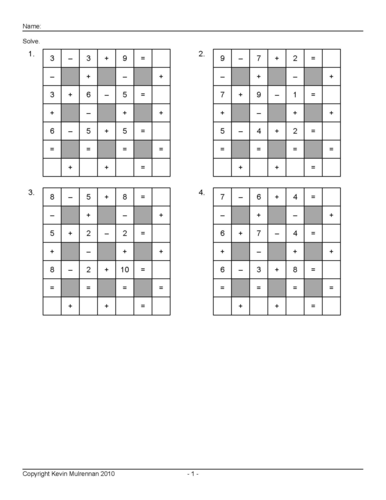340Uploads
99k+Views
29k+Downloads

Christmas teaching Resources From Uk Catholic Flavour For All Ages religion Math
I’ve retired from twenty five years teaching in the UK.
I’ve gathered together my planning I did over the years for 4 to 11 year olds.
There’s some great stuff there. Plenty of planning, powerpoints, worksheets, scripts for assemblies etc etc
There is some stuff on Christmas in the world e.g. France
There will be lots of things you can use to entertain the kids at this busy but wonderful time of the year.
You get a massive of planning. 257 mb over 400 files
Some caveats:
I spent most but not all of my career in Catholic schools so everything has a Catholic feel.
Lots of math stuff.
I don’t have the time to sort everything so feel free to delete anything you regard as filler or irrelevant.
You’ll need powerpoint and word to access most of it. Nearly everyone has that. there are some notebooks, flipcharts etc. I obviously can’t give you that so you have to get the free adobe reader and other free software to read some of the files.

Easter Resources Powerpoints Lessons PDFs Catholic Flavour Lots of Resources
I’ve combined all my planning from the schools I taught in.
I was in a few schools in the U.K., quite a few of them Catholic.
There is a massive amount of planning for you to sift through. Years range all the way through from 4 year olds to 11 year olds.
There’s some great powerpoints, lesson plans, sheets, even a play or two.
You’ll have to sift through them as I am enjoying my retirement too much to do that!
You get over 250 mb of stuff (300 plus files)

Six Powerpoints Explaining the Early Books of the Bible Religion
6 Powerpoints on the early books of the bible.
Plus Planning and worksheets.
Stuff on Cain and Abel etc

Year 5 Complete Year's Religious Studies R.E. Planning
For all year 5 complete planning all terms.
Easily adaptable up or down, so will save you hours.
Catholic in flavour but other religions included.
Contains powerpoints, planning, worksheets, info etc.
Why not look at the bundles. Incredible value and it’ll save your precious Sundays.
Ideal if you have been chosen to deliver R.E.
Note : zip file contains loads more files than the list you see.
sample planning

Back to School Autumn PlanningThere's a Boy in the Girls' Bathroom Louis Sachar
Some great planning on this excellent book.
Worked a treat in year 4 but could be adapted up or down.
Sample planning :
Reading and Analysis
Mon
Revise comma splicing work. Choose three example sentences and punctuation to add. WALT: To be able to explore themes and issues in a text,
To be able to write in role to a character in the text.
Read extract showing Jeff changing. Note reactions at each point. (Reveal)
How is Jeff feeling? How do we know? How does Bradley feel now? Write an e-mail to Jeff using Extranet site. Advise him what to do based on events in chapter. Informal. Consider purpose. Share received e-mails. How should Jeff respond.
AF6 Wr Viewpoint of character RED
CT to support sentences and encourage completion.
Tues Consider e-mails and identify errors to correct. Check grammar and punctuation. Who is the audience? APP AF3 reading
WALT make deductions from a text.
Read ch 23-25.
WALT: interpret evidence to make deductions. All draw outline of Bradley showing his bad outside and his good inside. Write diary entry on behalf of Bradley showing feelings about Carla. R AF3 make deductions. Children are to show and explain there own choices and justify decisions. GREEN
Support sentence skills and grammar.
Wed
Recap word groups with examples of each in class. E.g. adverb and adjective. Improve using a thesaurus. Read next chapter to include list Bradley makes. What does it show us about him? Be imaginative. AF3 R How is it helping him to think? Why does he repeat some things? Create your own list in the style of Bradley. Check spellings and compare with a friend. What does it show about you?
WALT: Show empathy for a character.
Read and interpret lists as if you were Carla. What would she say? ORANGE
Support use of dictionary and thesaurus for ideas.
Thurs
Grammar skills. Choose correct words to complete gap. Adjectives. Shared read next chapter with Bradley changing. How does he feel? Freeze frame alongside story telling. How does each character feel? Use outline of Bradley. Show goodness inside and badness outside. Use quotes and examples from the text. WALT: select evidence to support a view VERY WELL DONE! Share thought with a partner and with the class. Yellow
Share quotes. What do they show about his character?
Fri
List prepositions. Sort into order then create a paragraph. Teacher to model. Big Writing: SATs test example. Through the door. Apply skills of descriptions using prepositions. Planning time using boxing for paragraphs. AF1 AF7 Wr
WALT: write a description of a scary place. 3 Stars and a wish. Response partners. Blue: Extend ambitious vocabulary.
Tell me what you think/felt about…
What came into your mind when you read…
Have you come across anything like this before….? Tell me more…
Do you agree…?
Bundle

Mega Bundle Mathematics Worksheets KS2 Best Viewed Numeracy Literacy
A great bundle of my most viewed worksheets.
Incredible value.
Please look at my shop and get the details of the individual goodies you can get.

Time Passages 100 worksheets with Answers Maths Telling the Time
I have designed 100 worksheets on time passages for primary school children. They have to draw the time hands on the clocks on the sheets. What time will it be? - There are two clocks . The first clock shows a time, the second clock is blank. A question like "What time will it be in 2 hr and 20 min?" appears below the clocks. The student draws the answer on the second clock. You can use your professional judgement to choose the appropriate sheet. Answer sheets are provided for all worksheets.

Times Tables Resource Suitable for KS2 Maths Multiplication Worksheets
100 sheets I’ve designed for times tables.
There are a variety of sheets, getting progressively more difficult.
Some are 10 by 10, some 12 by 12, some in order, some jumbled up.
The pupils have to fill in the blanks on the grid. Simple but effective.

1000 Questions Advanced Addition Maths Mathematics KS2
1000 questions on advanced addition.
Pupils write the answers directly on the sheets. There are different numbers of digits that they can add up.
Answers all provided.
Bundle

Bundle Year 5 Literacy Planning Autumn Term KS2 Greek Myths Big Write Plus Fractions Questions
A great bundle.
Year 5 Literacy planning.
And half a million Fractions questions plus equivalent fractions worksheets.
This is a zip file containing Literacy planning for a year 5 class (Autumn term).
It consists of 14 short term plans I designed. There is one Literacy lesson per day.
You will get 14 Microsoft Word documents. They are based on the Greek myths.
I’ve also included for free some extra teaching materials that you can use. I’ve included too 3 medium term plans , one for each term). These cover plans and ideas not just for Literacy, but other subjects as well.
I’ve also included an extra week from the next term. Feel free to use it to plug any gaps.
This will help you do your own planning. Feel free to cut and paste into your own school’s plans.
Ideal for someone who had to do a term’s supply like I had to do.
Please bear in mind:
every school is different. My plans assume you have the aide of a TA, but this is not essential. There is no differentiation in the planning. Everyone does the same thing to the best of their ability.
you may want to add your own detail. These are short term plans remember.
I have used walts and wilts. Your school may do something different.
A very few number of weeks have a small gaps for things like tests and inset days. Use the extra week one planning for the next term (included for free) if you wish.

Year 4 Planning Spring Term Numeracy Literacy KS2
Important! If you’d like to buy the whole year’s planning (Autumn, Spring and Summer) you’d be better off buying my bundle.
Planning for the Spring term for year 4.
You get 160 mb of material so good value imo.
I taught mainly in Catholic schools so has a Catholic bent. But as we live in a multicultural society, this should be no problem.
You get planning for:
creative curriculum
Literacy
Numeracy
P.E. (some)
Science (some)
R.E. (Christmas, Lent etc)
Loads of great lessons to ease your Sunday afternoons. Just cut and paste into your school template.

Back To School J K Rowling Harry Potter Literacy Planning Literacy Year 5
A fantastic planning set. Four weeks worth. J K Rowling. Worked very well when I was a teacher.
Focuses on : Tales of the Beadle Bard’ and ‘Harry Potter and the Philosopher’s Stone.’
Two long powerpoints included.
In total you get :
4 Powerpoints
3 pdf files
7 word files that have 4 weeks planning on them
2 excel files
Sample planning:
Genre: Narrative Unit 1 - Stories by a significant children’s author.
Focus Texts: ‘Tales of the Beadle Bard’ and ‘Harry Potter and the Philosopher’s Stone.’
Objectives
Primary Framework
Group Discussion and Interaction: Understand the process of decision making.
Understanding and interpreting texts: Infer writers’ perspectives from what is written and what is implied.
Compare different types of narrative and information texts and identify how
they are structured.
Explore how writers use language for comic and dramatic effects.
Engaging with and responding to texts: Reflect on reading habits and preferences and plan personal reading goals.
Compare the usefulness of techniques such as visualisation, prediction and
empathy in exploring the meaning of texts.

The Highwayman Alfred Noyes Teaching Resources Powerpoints Worksheets
Assorted great planning and ideas for the superb poem The Highwayman by Alfred Noyes.
Great powerpoints.
Great ideas and worksheets.
Plenty to get your teeth into and reassemble.
Sample planning :
Introduce children to ‘The Highwayman’. Explain that it is a poem that tells a story involving a highwayman.
They will need to listen carefully as the poem is read, as it uses a lot of ‘old-fashioned’ language. The poem was written by Alfred Noyes and was first published in August 1906.
Read the poem to the class and then children talk with partner about what they have found out about the story.
Come back together and discuss the story told through the poem. How can children tell that this poem was written some time ago?
Make notes on the board about character and story.
Make notes about the Highwayman’s appearance.
Recap on the techniques we use in fiction writing (and make clear again that poetry is a type of narrative) to describe the scene/setting to the reader. What is our main objective? To create an image in the reader’s mind. We do this by using the senses – recap.
Re-read just the first three lines of the poem, ask children to close eyes and visualise the setting as I read it again. Talk about the language and the kind of pictures it created for them.
The wind was a torrent of darkness upon the gusty trees,
The moon was a ghostly galleon tossed upon cloudy seas,
The road was a ribbon of moonlight looping the purple moor,
Can the children see a technique which has been used in each of the three lines? Metaphor. Discuss.
Children to pick out words which evoke the senses:
Darkness, gusty trees, ghostly etc
Recap what we have found out so far about ‘The Highwayman’. What makes it a narrative poem?
Explain children’s final writing outcome. They are going to use the opening part of ‘The Highwayman’ as their inspiration and they are going to write their own poem based on Bess, the Landlord’s daughter.
Recap on last lesson – what is a simile and what is a metaphor?
What are the three nouns which Noyes describes using metaphor? The wind, the moon and the road. Children are also going to use metaphor to describe these, they are then going to use simile to describe Bess waiting for her love.
Explain that today’s planning session is going to focus on the metaphor part of the writing outcome.
Model how to write a metaphor by first mind mapping each item.

Wolves in The Wall Planning Plus Literacy Arguments Neil Gaiman
Great 4 weeks planning for this Literacy topic.
Really nice powerpoints.
Plus free bonus. Plenty of argument planning using Olympics.
Example planning :
Identify and discuss the various features of a fiction text, including characters, settings, themes and dilemmas, the author’s intentions, the structure and organisation of the text and the way language is used to create effects on the reader.
Speaking
Use the techniques of dialogic talk to explore ideas, topics or issues.
Creating and shaping texts
Set their own challenges to extend achievement & experience in writing.
Understanding and interpreting texts
Understand how writers use different structures to create coherence and impact.
Text structure and organisation
Use varied structures to shape and organise text coherently
Sentence structure and punctuation
Express subtle distinctions of meaning, including hypothesis, speculation and supposition, by constructing sentences in varied ways
Use punctuation to clarify meaning in complex sentences
To produce several pieces of writing based around the focus text.
To learn and identify the features of a formal/impersonal text and comment on occasions where this may be necessary.
To produce a formal letter, speech and broadcast using appropriate form, features and content.
Remind children of last week’s immersion into the focus text. TTYP – what did you think of the text? If you could talk to the author, what would you say to him? Ask him?
Display a ‘Likes/Dislikes/Patterns/Questions’ board on the whiteboard. Explain that we are going to focus on the ‘patterns’ section today.
Re-read the last few pages of the book and add ‘false endings’ to the patterns section.
Have some photocopied pages from the book in the centre of the tables (each table to have different pages).
Give groups ten minutes to note any patterns they see on whiteboards.
Come back together and note on the board to include:
False endings.
Simile
Lucy asking her Mother, Father and brother for advice, always in that order.
Adjectives for the noises she hears.
Alliteration and onomatopoeia.
Phrase “You know what they say…”
Appearance of pig puppet.
What effect do these patterns have on the reader? They give the text fluency, a rhythm almost like a poem. They make the text easier to read and digest. The repetition also mimics the repetition of Lucy’s pleas to her family to listen to her about the noises. They make the reader frustrated on Lucy’s behalf.
Have one child write a definition of ‘atmosphere’ on a sentence strip for the working wall. A general feeling or mood.
There are a few different atmospheres in this book. Discuss. List tension, frustration, relief etc on the board.

15000 Pythagorus Questions Pythagorean Theorem Maths KS2 KS3
Loads of questions on Pythagoras plus answers.
Excellent for practice or homework.
The zip file contains a pdf of 3750 pages of questions. The answers file is the same.

Year 5 Literacy and Maths Planning
Gathered together my lessons for year 5 Maths and English for a particular year. There’s about a year’s worth in there.
Plenty of great ideas. the zip has the lot. the general download a few to have a look at.
Sample planning :
Start by showing the word ‘Instructions’ – TTYP what does this mean?
Come back together and establish that instructions are a set of commands given to help someone do or create something.
Show the children a recipe and the instructions as to how to play Sevens using cards. Look at the instructions. What do children notice about how these are laid out? They are given in an order.
They are bullet-pointed.
Each sentence is fairly short.
There are many ‘bossy’ verbs: ‘place’, ‘play’, ‘turn’ etc. Explain that we call these ‘imperative’ verbs – an imperative is a command. Discuss why it is helpful to have ‘bossy’ verbs and short clear sentences.
There is a title which tells you what is to be achieved.
Numbers or time connectives used e.g. 1, 2, 3 or later, next - are used to show chronological order.
Create a features list on the working wall by sticking post it notes onto a piece of sugar paper –these can be used throughout the unit as a game to start the lesson.
Divide the class into three teams. Deal out seven cards to each team and the teacher! Play a little of the game of sevens, following the instructions. Demonstrate how we can follow the instructions to play.
Return to features of instructions displayed on working wall.
What can you remember about these? Children turn to a partner and tell them 3 different features. Report back & discuss.
Show children the instructions checklist (working wall). Have we mentioned all of these features?
Ask children to think of a new idea for a card game. Use a talking partner & brainstorm a game idea on whiteboards.
Gather everyone’s ideas/discuss the concepts. Pick one idea.
Decide how many players we will need & how to play it. Allow children time with talking partners to practice playing the game. Ask some children to demonstrate.
How will we write the instructions? What comes first? (Title, subheading.) What is our first instruction? Repeat for a few more sentences.

Classic and Narrative Poems The Highwayman Alfred Noyes Planning
Lots of powerpoints and planning for this Classic poem.
Sample planning :
Genre: Poetry Unit 2 – Classic/Narrative poems.
Focus Texts: ‘The Highwayman’ by Alfred Noyes. ‘Maggie and the Dinosaur’ by Dave Ward. ‘The Works’ (poetry anthology) by Paul Cookson. ‘The Puffin book of utterly brilliant poetry’ (Anthology) edited by Brian Patten.
Objectives
Primary Framework 7. Make notes on and use evidence from across a text to explain events or ideas
7. Compare different types of narrative and information texts and identify how they are structured
7. Explore how writers use language for comic and dramatic effects
8. Compare the usefulness of techniques such as visualisation, prediction and empathy in exploring the meaning of texts
3. Understand the process of decision making
Learning/Writing outcome: Investigate the structure of narrative poetry. Compose an extra verse to a classic poem. Work as part of a group to perform a poem and to evaluate performances.
LO: Whole Class Shared Learning
Guided and Independent Activities: Plenary:
T Read and investigate a narrative poem. Prepare to share a narrative poem from an anthology: Maggie & the Dinosaur, p463 in The Works by Paul Cookson.
Explain that an Anthology is a collection of poems specially chosen by a person: an anthologist.
Highlight that Narrative poems are poems which tell a story. Point out that not all narrative poems have the same structure although each poem will probably have its own! They often have many verses just like a song, with each verse telling the next part of the story.
Ask the children to respond to the narrative poem we shared. Which parts, lines & words did they enjoy the most? Did they like the way that the poem was read? Narrative poems are often long so they need to be read in a way that keeps the audience interested from start to finish. Just like a good story reader would make a story sound interesting.
Children to be split into mixed ability groups of four and given copies of two poems:

Latin Word Search Freebie plus answers Cambridge Latin Course
A freebie.
A Latin word search.
If you like this one, I have 500 for sale in my shop.

Maths Puzzle Across Down Addition and Subtraction Puzzle Plus Answers
Great for reinforcing maths.
Across-Downs is a fun activity that reinforces addition and subtraction skills.
The object of the exercise set is to find the answer for each row and column, then use those answers to calculate the final answer in the lower right-hand corner of the puzzle.
This tests addition and subtraction.
If you like this freebie, please visit my shop which has loads of puzzles for sale. Buy the bundles for best value.

Freebie 2 French Wordsearches KS1 KS2 Perfect for Friday Afternoons With Answers
2 French wordseaches with answers.
Each one has 20 basic words to find.
Perfect for rainy Friday afternoons, homeworks etc.
If you like these, please visit my shop where you can purchase 500 of these at a very reasonable price.

